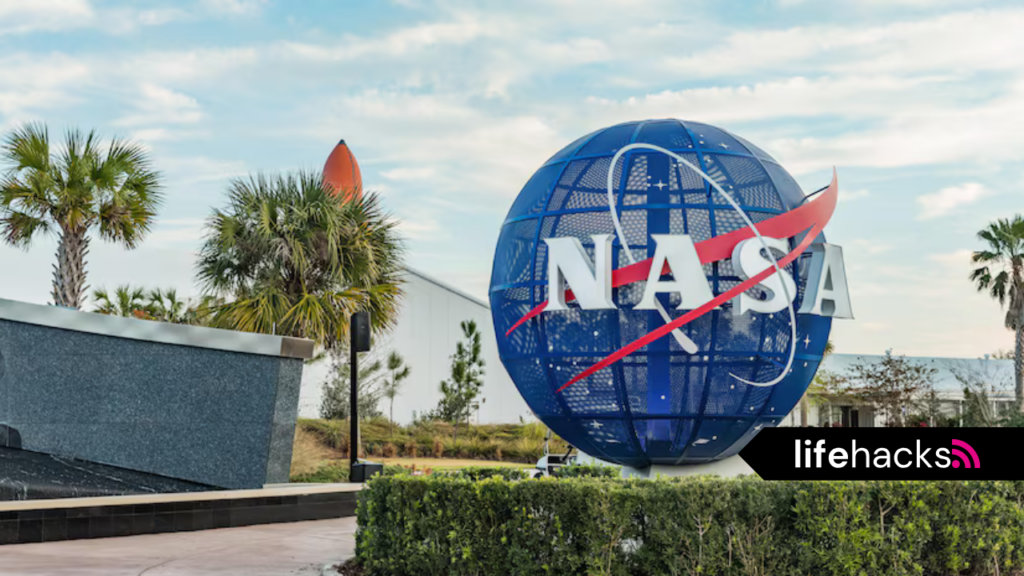NASA reported that an astronaut was hospitalized following his return from a prolonged sojourn on the International Space Station. The astronaut was taken to Ascension Sacred Heart Pensacola for evaluation after “a medical issue” appeared shortly after arrival; his name has not been released. The astronaut is in stable condition but remains under medical professionals’ observation as a precautionary measure.
The astronaut was the member of a four-man crew returning from the ISS via a SpaceX Crew Dragon capsule, which actually marked the end of an almost eight-month mission that kicked off with two extra months more than scheduled with a series of delays. This extended mission outlined the challenges during space travel and how managing astronaut health is important on a long-duration stay in space.

Table of Contents
ToggleExtended Mission Due to Delays
The crew returning comprised NASA astronauts Matthew Dominick, Michael Barratt, and Jeanette Epps, and cosmonaut Alexander Grebenkin of Russia. The mission was scheduled to end two months in advance but could not be wrapped up on time due to issues regarding the Boeing Starliner spacecraft and adverse weather conditions, including Hurricane Milton. Eventually, the astronauts had to board the ISS for 235 days, which is more than the usual six-month tenure of any mission.
Those delays involved shifting returning the crew aboard the SpaceX Crew Dragon capsule because its scheduled ride, the Boeing Starliner capsule, could not fly safely. This underlines a rather complex situation in which space mission planning needs several options of spacecraft for the assurance of crew safety.
Safe Return Despite Minor Issues
Except for the delays, the return of astronauts to Earth was quite smooth. The Dragon Endeavour Crew Dragon capsule undocked from the ISS this evening, Wednesday; upon re-entering Earth’s atmosphere, it deployed its parachutes and splashed down safely in the Gulf of Mexico off Pensacola, Florida, early Friday morning. In fact, the whole descent was done at about 3:30 a.m. ET, with the conditions reported as ideal during the splashdown.
The parachute deployment wasn’t quite perfectly executed, however: the first set of braking parachutes suffered “debris strikes,” and one of the four main parachutes was late to fully open. But neither incident presented any real risk to the crew, according to NASA officials, who were safely recovered from the capsule.
Richard Jones, the deputy manager of NASA’s Commercial Crew Program said in a post-splashdown briefing that the astronauts were in good spirits but noted that readjusting to life on Earth isn’t always easy after extended time in space. The microgravity impacts things like muscle strength and bone density, among other functions in the body, so recovery and rehabilitation become an important part of the post-mission process.
Safe Return Despite Minor Issues
The hospitalization of the astronaut following the long mission points to possible health risks from the long-term space flight. Several months in microgravity might lead to muscle atrophy, bone loss, and even eye problems. The harsh environment of space, coupled with extensive solitary confinement, can affect the astronauts’ mental condition, too. Such long exposure requires intensive medical care upon return to Earth.

NASA has kept the hospitalized astronaut under observation but has not revealed any details of his medical condition for personal reasons. The remaining three astronauts were released after routine medical checks and were sent to NASA’s Johnson Space Center in Houston for continued observation.
Richard Jones, deputy manager of NASA’s Commercial Crew Program, stated during a post-splashdown briefing that the astronauts were in good spirits but noted that readjusting to life on Earth can be difficult after extended time in space. Microgravity affects muscle strength, bone density, and other bodily functions, making recovery and rehabilitation a vital part of the post-mission process.
Health Risks After Extended Space Missions
The necessity of the astronaut’s hospitalization after the long mission calls attention to the problems of possible health disorders caused by flights of long duration. The following disorders are probably linked to long-time stays in microgravity: muscular atrophy, bone density reduction, and other disorders like vision problems. Moreover, psychological problems could arise from exposure to the aggressive space environment and from long-time solitude. Such long exposure to weightlessness demands long medical control after returning to Earth’s gravity.
While the hospitalized astronaut remains under observation, specific details about the medical condition have not been divulged by NASA out of respect for the individual’s privacy. The three other astronauts were released after routine medical evaluations and have returned to NASA’s Johnson Space Center in Houston for further monitoring.
Also Recommended Read : Elon Musk unveils Tesla Cybercab self-driving robotaxi
SpaceX’s Role in NASA’s ISS Program
The mission marked the fifth flight of the Dragon Endeavour capsule, which has accumulated 702 days in orbit since its initial launch. SpaceX has turned out to be an important partner in NASA’s operations that keep crewed missions up to the ISS, particularly with ongoing delays in the Boeing Starliner program. To date, the company has completed 44 missions to the space station, with the reliability of its Crew Dragon spacecraft continuing to be proven in flying astronauts to and from orbit.
But as NASA’s primary partner for manned flights to the ISS, SpaceX is literally the key to keeping the station running. There are currently seven members onboard the ISS, including astronauts launched on a recent SpaceX mission who will remain until February.
What's Next
It also brings into perspective the fact that long-duration flights do carry risks and that astronauts’ health management is a serious issue. Future missions on the Moon and Mars make it very important to understand how to minimize the effects of such long space travel on the human body.
NASA continues to monitor his condition closely while the astronaut remains in the hospital and is committed to making sure crew safety is guaranteed throughout all future missions. This recent return sends a signal into the flurry of challenges and resilience faced by astronauts in pursuing things further beyond those risks.